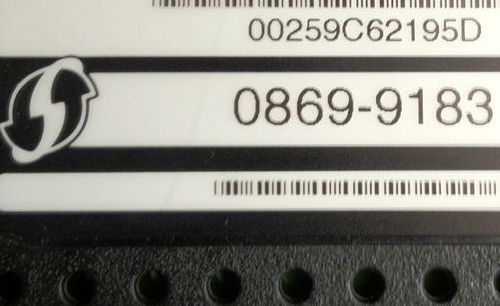
To search for networks with WPS, as well as to attack them, we need to transfer the Wi-Fi card to monitor mode.Ĭlose the programs that might hinder our attack:Īnd we set it into monitor mode (replace wlan0 with the name of your interface if it differs):īy default, wash will perform a passive survey.

#Reaver wifi hacker how to#
How to set the wireless interface into monitor mode
#Reaver wifi hacker password#
If a PIN is received, but the WPA password is not shown, then we run the commands to get the password from the Wi-Fi. WPS PINs attack based on known PIN and PIN generation algorithmsįull brute-force if the previous steps failed Set the wireless interface into monitor mode
#Reaver wifi hacker drivers#
But there are known issues with the devices that uses rt2800usb drivers (chips RT3070, RT3272, RT3570, RT3572 etc). In theory, any Wireless Adapter listed here should suit to the needs. The hashing function is HMAC-SHA-256 and uses the "authkey" that is the key used to hash the data. E-Hash1 and E-Hash2 are hashes of (E-S1 | PSK1 | PKe | PKr) and (E-S2 | PSK2 | PKe | PKr), respectively. The access point sends two hashes, E-Hash1 and E-Hash2, to the client, proving that it also knows the PIN. Since both the access point and client (enrollee and registrar, respectively) need to prove they know the PIN to make sure the client is not connecting to a rogue AP, the attacker already has two hashes that contain each half of the PIN, and all they need is to brute-force the actual PIN. A tool called pixiewps has been developed and a new version of Reaver has been developed to automate the process. Knowing these two nonces, the PIN can be recovered within a couple of minutes. The attack focuses on a lack of randomization when generating the E-S1 and E-S2 "secret" nonces.

This attack works only for the default WPS implementation of several wireless chip makers, including Ralink, MediaTek, Realtek and Broadcom. In the summer of 2014, Dominique Bongard discovered what he called the Pixie Dust attack. The ease or difficulty of exploiting this flaw is implementation-dependent, as Wi-Fi router manufacturers could defend against such attacks by slowing or disabling the WPS feature after several failed PIN validation attempts. As a result, an attack can be completed in under four hours. This is a reduction by three orders of magnitude from the number of PINs that would be required to be tested. Since the first half of the pin consists of four digits (10,000 possibilities) and the second half has only three active digits (1000 possibilities), at most 11,000 guesses are needed before the PIN is recovered.

When an enrollee attempts to gain access using a PIN, the registrar reports the validity of the first and second halves of the PIN separately. Since the last digit is a checksum of the previous digits, there are seven unknown digits in each PIN, yielding 107 = 10,000,000 possible combinations.

The vulnerability centers around the acknowledgement messages sent between the registrar and enrollee when attempting to validate a PIN, which is an eight-digit number used to add new WPA enrollees to the network. A successful attack on WPS allows unauthorized parties to gain access to the network, and the only effective workaround is to disable WPS. In December 2011, researcher Stefan Viehböck reported a design and implementation flaw that makes brute-force attacks against PIN-based WPS feasible to be performed on WPS-enabled Wi-Fi networks. In this manual, I will show how to use Reaver to hack Wi-Fi. There are some tools designed to attack against WPS. The flaw allows a remote attacker to recover the WPS PIN in a few hours with a brute-force attack and, with the WPS PIN, the network's WPA/WPA2 pre-shared key. Wi-Fi Protected Setup (WPS originally, Wi-Fi Simple Config) is a network security standard to create a secure wireless home network.Ī major security flaw was revealed in December 2011 that affects wireless routers with the WPS PIN feature, which most recent models have enabled by default.


 0 kommentar(er)
0 kommentar(er)
